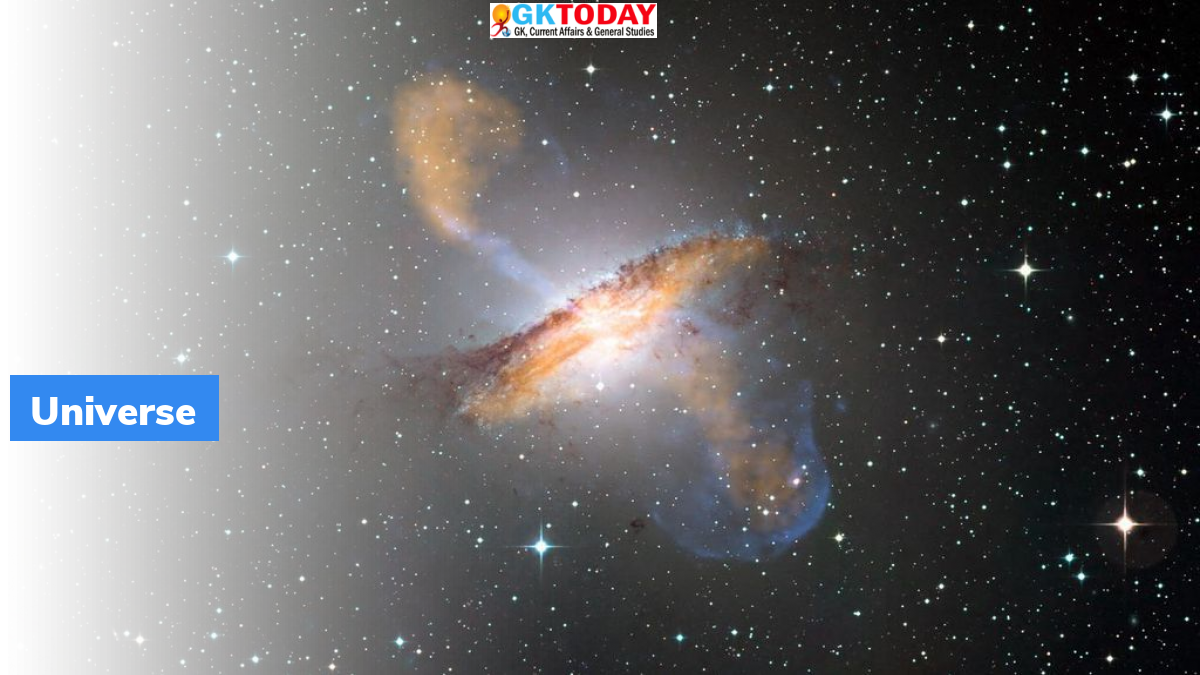AI used to reveal Actual Shape of the Universe
Japanese astronomers have developed an artificial intelligence (AI) technique which will help in removing noise in astronomical data because of random variations in galaxy shapes.
Highlights
- Technique was developed after extensive training and testing on large mock data that was created by supercomputer simulations.
- Scientists then applied this new technique to actual data from Japan’s Subaru Telescope.
- They found that, mass distribution derived from this method is in consistent with currently accepted models of Universe.
- New technique is a powerful way to analyse big data from current and planned astronomy surveys.
How large-scale structure of universe can be studied?
Large-scale structure of Universe can be studied using a wide area survey data by measuring gravitational lensing patterns. In gravitational lensing, gravity of foreground object such as cluster of galaxies can distort image of background object like distant galaxy. Large-scale structure, comprising mostly of mysterious “dark” matter, can distort shapes of distant galaxies.
Concerns with the technique
This technique of looking at galaxy images runs into a problem because it is difficult to distinguish between galaxy image distorted by gravitational lensing and actual distorted galaxy. This is referred as shape noise. It is one of the limiting factors while studying large-scale structure of Universe.
How this problem can be tackled?
To compensate for shape noise, Japanese astronomers used ATERUI II. It is world’s most powerful supercomputer dedicated to astronomy. It is used to generate 25,000 mock galaxy catalogs on the basis of real data from Subaru Telescope.
Month: Current Affairs - July, 2021


